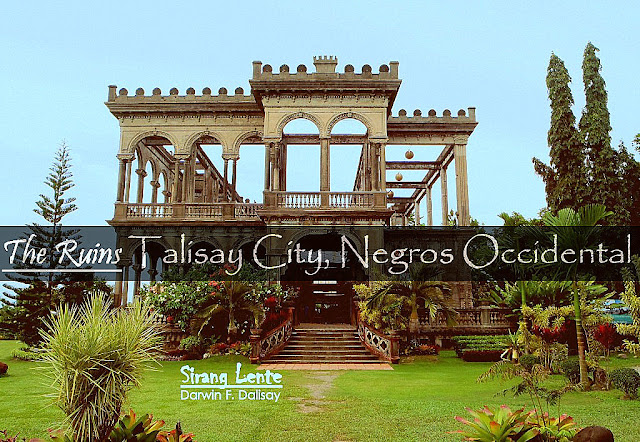Jump to:
About the Island |
How to Get There |
Things to Do |
Travel Tips |
Nearby Attractions
About Tinalisayan Island
Tinalisayan Island was our second destination from Alibijaban Island to the Burias Islands. Traveling from Animasola Island to this island takes an hour, but this is irrevocably number one among the three islands we visited. When I jumped off the boat and landed in the shallow, crystal clear water, I easily felt a relaxing feeling because the water was really cool, contrary to the heat and UV rays from the sun. Our boat was parked by the tip of the sandbar, so walking on the long stretch of fine and powdery white sand, with the other visitors in their colorful swimming attire, was just awesome! This long sandbar always greets visitors with breathtaking beauty.










